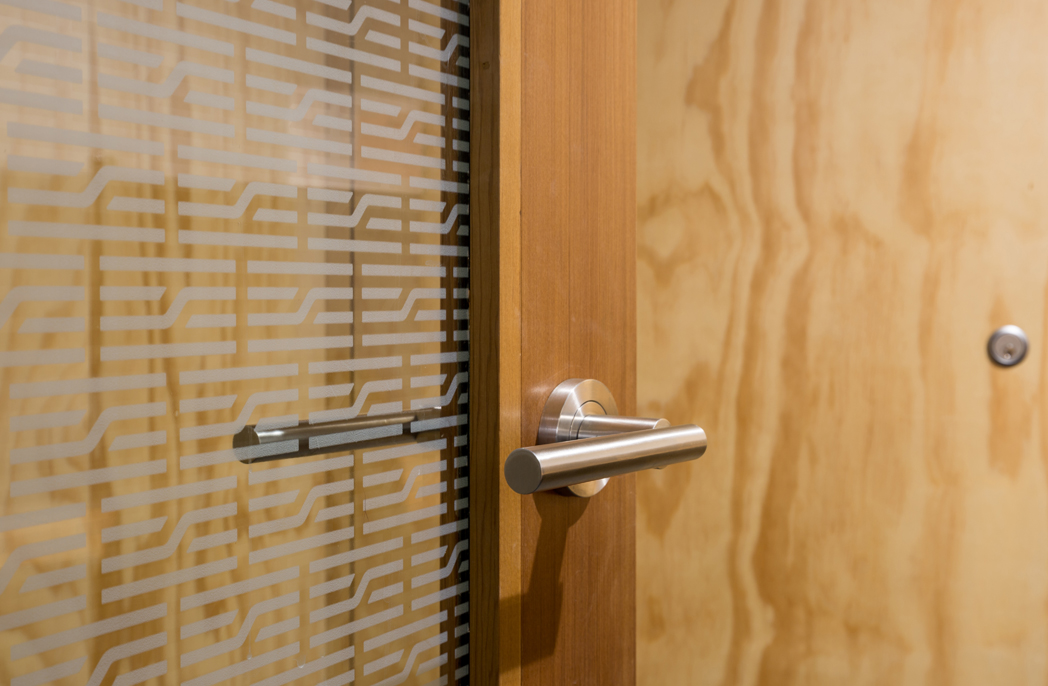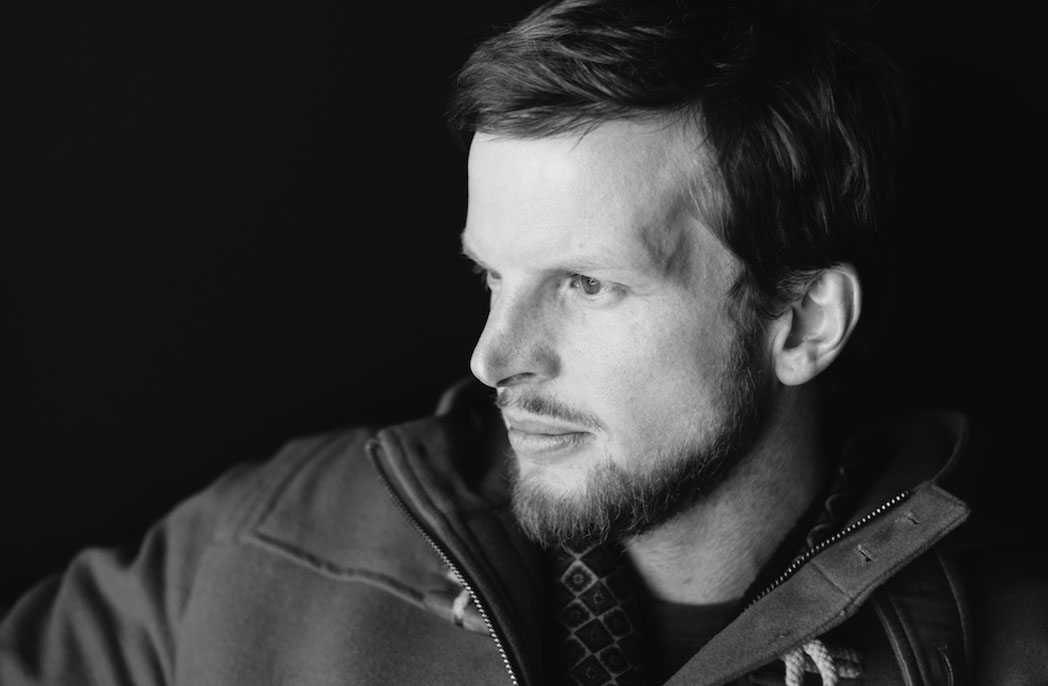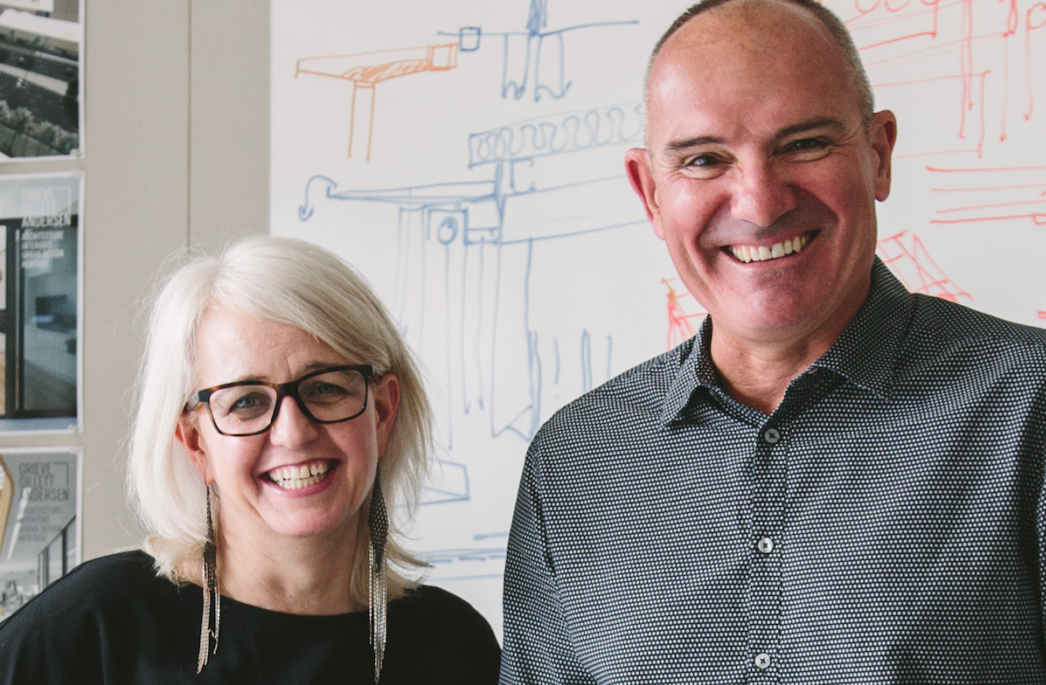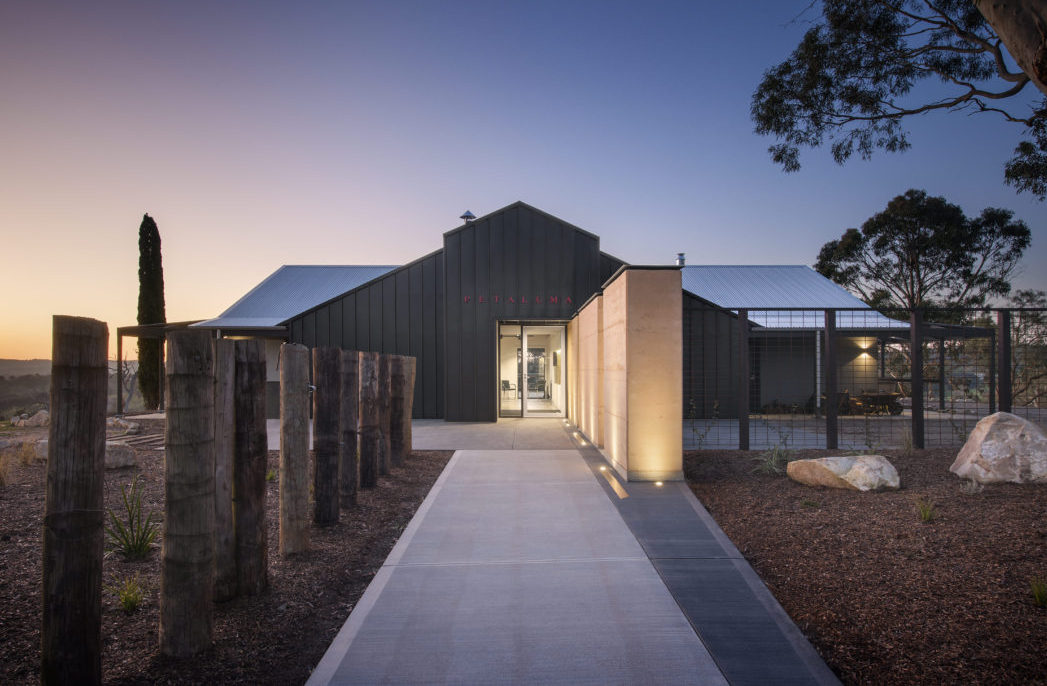
Emerging practice: Ben Walker Architects
Emerging practice: Ben Walker Architects
Share
After studying architecture and landscape architecture at the University of Canberra, Ben Walker set his sights on making an impact on urban planning and the built environment in Australia’s capital.
Beginning his career through urban design roles in both Canberra and Melbourne, Walker began an architectural apprenticeship at Townsend + Associates Architects (T+AA) in 2006. “T+AA was an incredible place to begin my career – the focus on detailing espoused in the office is second to none and I learned a significant amount about construction detailing there,” Walker says. “I was fortunate enough to work on a range of projects in type and scale.”
Walker worked with T+AA until 2012, when he decided to start his own practice, ben walker architects (BWA). With no previous experience in opening up a studio, he went into the start-up considerably business blind. “My dad had his own business, but that was largely the extent of exposure I had up until BWA commenced,” Walker explains.
“I had always been interested in commencing my own practice at some point in time, and opportunities to work on some friends’ projects provided enough potential to me to kick off at that point.”
Going solo
With the opportunity at his doorstep, Walker built a studio in his backyard, fitted it out with some basic furniture and got stuck into the work. The number of jobs he acquired grew significantly faster than first expected, however, and soon BWA had upgraded to an office in the city.
While BWA operates as a sole practitioner, Walker explains that the relationships he made while at T+AA – relationships he retains to this day – gave him some important guidance along the way. “Bruce and Catherine Townsend (T+AA directors) have been wonderful mentors to me and assisted in the establishment of BWA by providing advice when I needed it,” he says. “I suspect that the only reason I felt comfortable and ready to commence my own practice was because of the dedicated mentoring they provided. I’ve also been working collaboratively with Pelle Architects in Canberra on a number of projects, and Dom Pelle’s business experience and advice has been a highly valued influence on how my practice is run.”
The biggest challenge, though, Walker says, was managing the architectural workload together with the business requirements as a sole trader. Allocating time for both elements of the job was difficult during the formation of the practice, leaving him working very long hours. “Having to take care of all aspects of practice (including those elements that are not as appealing, such as cash flow forecasts, sorting insurances etc) can be a negative to the job,” he says.
Starting BWA presented challenges, but with those also came many positives. Working as a sole practice allowed Walker to immerse himself in furthering his skills in areas he was specifically passionate about.
“I was also teaching at the University of Canberra, so sole practice provided more flexibility with my hours,” he tells me. “That’s definitely a real positive.”
Reaping the rewards
Being in control of all aspects of projects – from design to documentation – is important, Walker explains, and is one of the biggest advantages he found in starting up BWA. “I take a sense of confidence that I understand each detail drawn by the office, given I drew it myself,” he says.
Did starting a solo practice help Walker to solidify his own style as an architect, allowing him to focus on his goals, undiluted by outside influence? “Absolutely,” he says. “Prior to commencing my own studio, I hadn’t undertaken significant amounts of design work, so I had to find my feet quickly. I had influences and precedents that were regularly reviewed and studied, but hadn’t considered their influence on my design work until BWA kicked off.
“Now, the design output is always being self-critiqued and I still have many influences from local and international architects, so my style will inevitably change and evolve over time. It takes two or three years after the first sketch is put to paper for a project to be fully realised, and for its success or failure to be evident, so the self-critiquing process is slow and ongoing, but incredibly necessary,” he says.
How it has evolved
It’s been four years since BWA began, a short time in the grand scheme of things, but enough time for Walker to feel that solidification of his personal style. “My approach to design now is to allow the process to work away in my head for a period of time prior to putting pen to paper. I find that a period of ‘churn’ and envisioning is a valuable tool in identifying strong conceptual possibilities that should be retained, and those ideas that should be tossed out,” he explains. “From there, I sketch until I think there are a number of concepts worth developing and presenting to clients.
“I love working with physical models and try to make at least small conceptual models for each project. I try not to have a definitive style necessarily, but I can see the repetition of some detailing and proportional qualities emerge in built works.
“I have a better appreciation for the need for patience during the design and construction process now,” Walker continues. The passing of four years has given him enough time to grow significantly and come across some valuable learning curves. What are the most important things he has learned? “That good design, documentation and construction takes time,” he replies. “As a new practitioner, all you want are some images of finished works. I’m well beyond that phase now and tackle projects with the understanding that they take time, most likely longer than expected, but that’s OK (and necessary).”
What’s on the horizon
Now that BWA has passed its establishing years, Walker has begun to consider expanding the practice. “Expanding would allow me to undertake larger and more complex projects, but, at the same time, I’m happy as a sole practitioner and collaborating with others on select projects,” he says. He’s also working on projects in other states. This allows him to travel regularly, which he says is a real blessing. “My hope is that I can continue to have a combination of local and interstate projects that way.”
As he still teaches part-time, the two roles keep Walker busy while allowing the level of flexibility that suits him. He is happy with BWA’s progress, but has a certain sight set on the country’s capital.
“At this point in time, my biggest hope for the next few years is that the regeneration and densification of Canberra that is occurring in and around the city centre is dramatically improved in terms of build and urban design outcomes,” he says. “This city has an opportunity to be a world leader in urban and sustainable growth, but at this stage, there is little evidence of high-quality built outcomes.”
In four years, BWA has secured its place as a promising talent within Canberra’s architectural scene and, as the studio continues to grow, Walker’s visions for the city may just become a reality – partly by his own doing.
You Might also Like




















